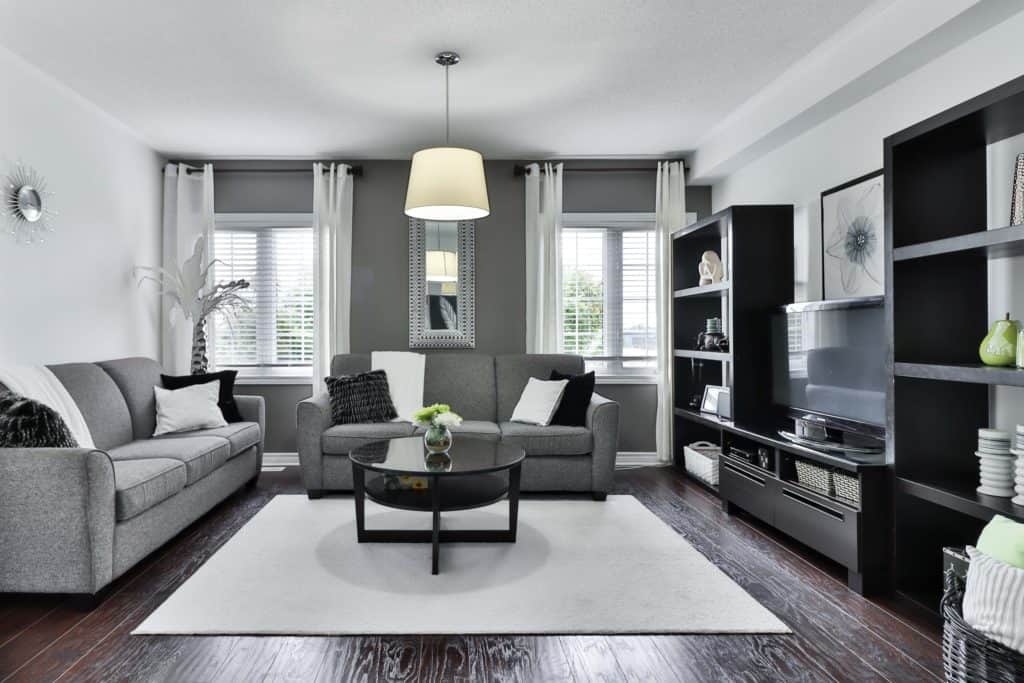Every subject of art is guided by some specified scientific strings. The art of interior designing is no exception. The visual aesthetic is a very important contributor in this regard. But so are the rudimentary factors contributing to the structural balance of the space. The very foundation of interior designing comprises a few principles and seven universally proven elements. This set of seven elements of interior design acts as a master key for interior designers. They help to crack the recipe to almost all the different themes of interior designing. The seven elements namely, are space, light, forms, lines, colors, textures, and patterns. If someone is looking out for venturing into the world of interior designing, then understanding these few pointers might come very handy. On today’s page, we will explore how these factors can elevate a basic home interior. Let’s take a glance.
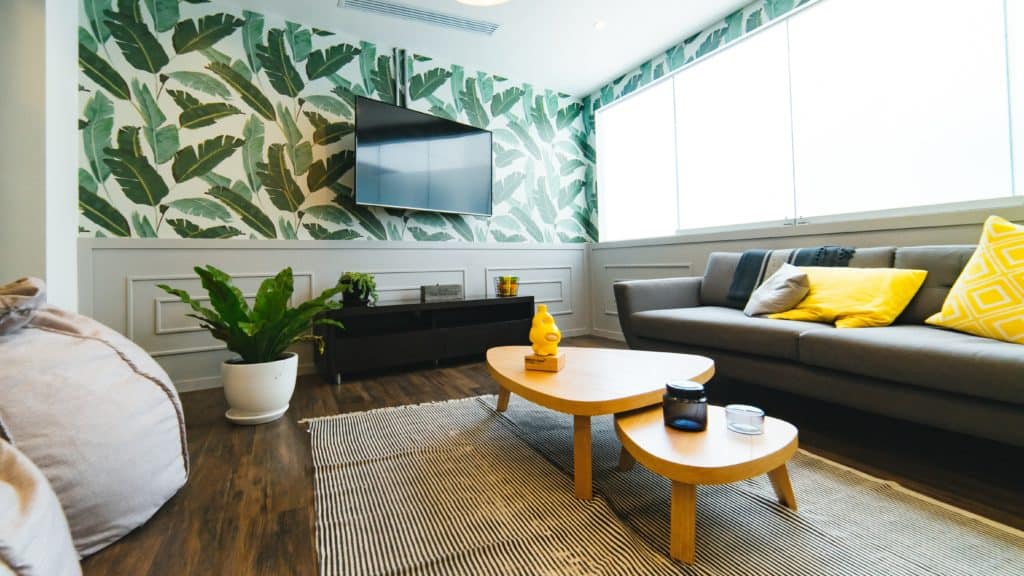
Space
What is the most essential requirement of an artist? Yes, the canvas. Space is the working ground for an interior designer. Any space can be split into two kinds. The positive space, and the negative space. The positive space deals with space that has been put to use or has been acquired or rather accessorized by furniture and decorations. The negative space is indicative of the space that has been left vacant. Different themes incline towards a different type of space. For example, an ideal maximalist home interior should have an avid positive space. Whereas a minimalist home interior will go big on negative space. Apart from the themes, various other factors like, the size and layout of a home are also important while creating a beautiful space. The creativity lies in finding the perfect balance in all the correlating factors.
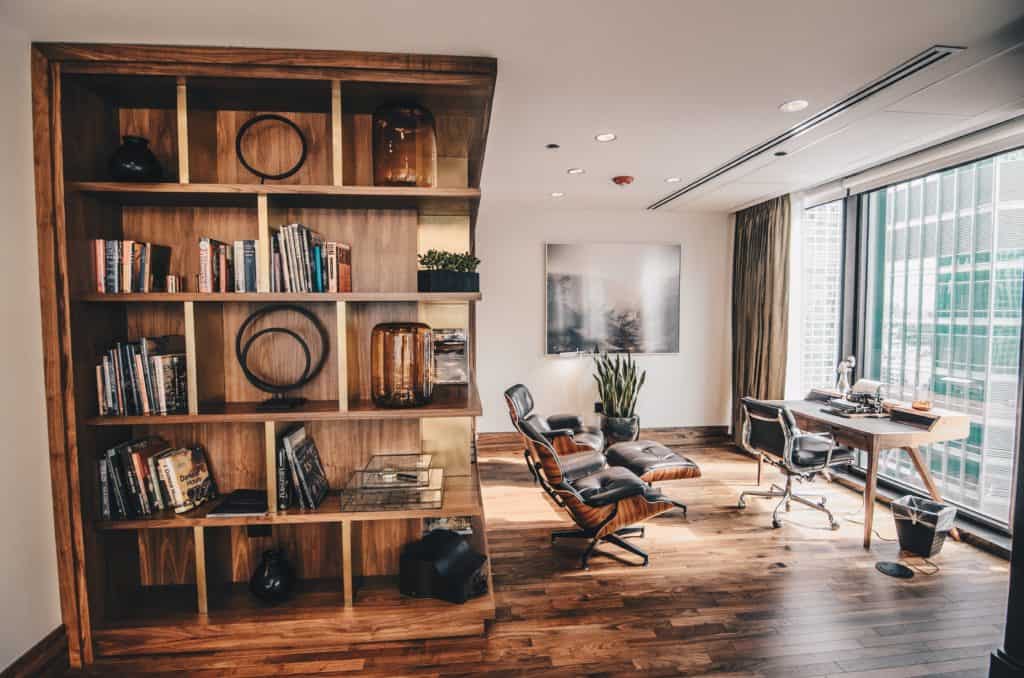
Light
It’s a no-brainer to figure out how essential a good lighting setup is, to the organic aesthetic of a room. Be it the natural lights or the artificial ones, the lighting in a room should be sufficient. This is because of our aim to fulfill the two primary conditions, functionality and accessorizing. The lighting in a space should be adequate to carry out normal tasks in the room. It should properly accentuate the featured properties of a room, including the décor pieces, furniture, and even the materialistic textures. Good lighting can also help in opening up space and elevate the mood. Keep experimenting with dimmers, the hardness, and the softness of lighting in a room until you find what fits the best.
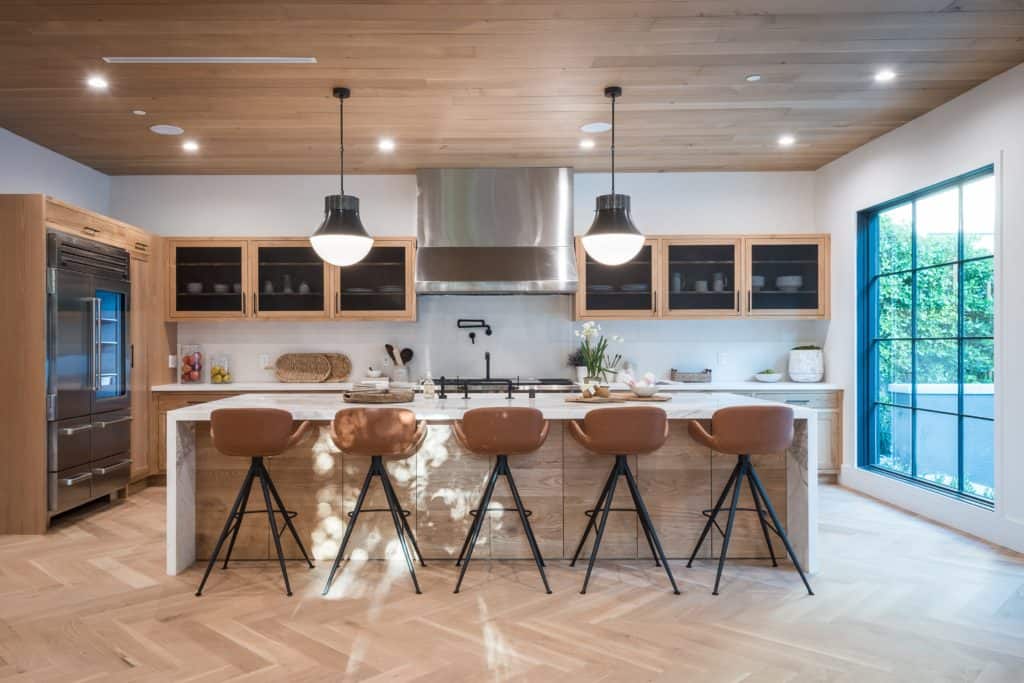
Form
The form of a room refers to the structural layout of a space. For example, some home interiors dwell purely on geometric lines and structures. Starting from the types of furniture and decors placed to the patterns on the rug on the floor of the living room, everything about the space feels geometric. The other forms include a not so finely carved-out rustic-themed space or even a bohemian home space. There is no particular rule to set up a particular form. But once you have figured out which theme you want to follow along, the form will automatically add to the interior design.
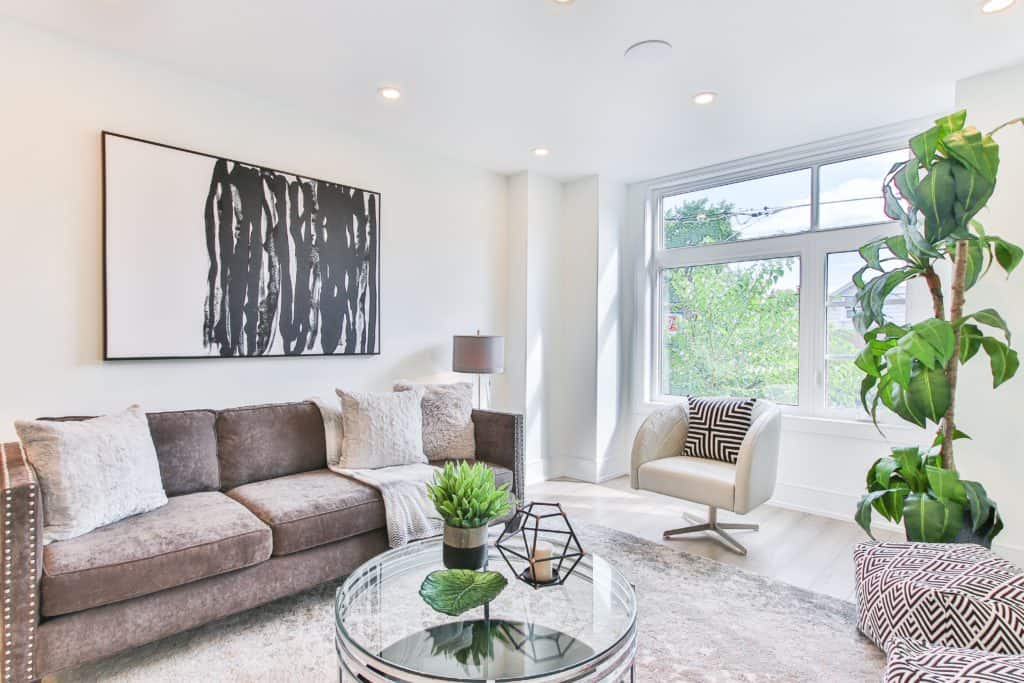
Lines
The lines help in shaping the aesthetic visualization of space. These are of three types, vertical, horizontal, and dynamic. The vertical lines contribute to elongate the height of a room and thus draws attention to the features on the walls. They are usually created by altering doors and windows. The horizontal lines give a wide appearance to space and usually depict subtle stability. Whereas, the dynamic lines are the risky ones because too much of them can make a place look clumsy. A good example of dynamic lines is the staircases. They are usually associated with movements and motion.
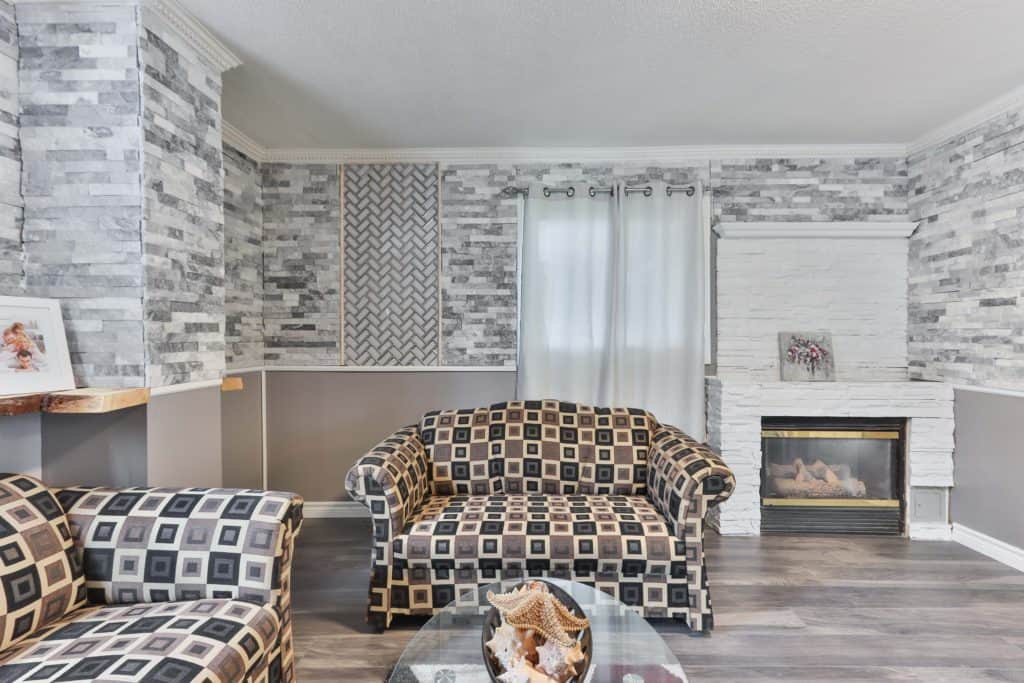
Colors
The most attractive element of all seven, the colors. Shades, colors, tones, and hues are the most crucial element to the mood of home space. Various colors evoke various emotions. Yellow for a happy moment, browns, and other earthy tones bring in warmth while purple and mauves are the epitomai of luxuries. The colors are not only indicative of certain moods, but they are also loosely tied to the different interior designing themes. A rustic or vintage-themed home interior will completely differ in colors and shades from a colorful bohemian crib. Combining the package that suits your theme is the trick.
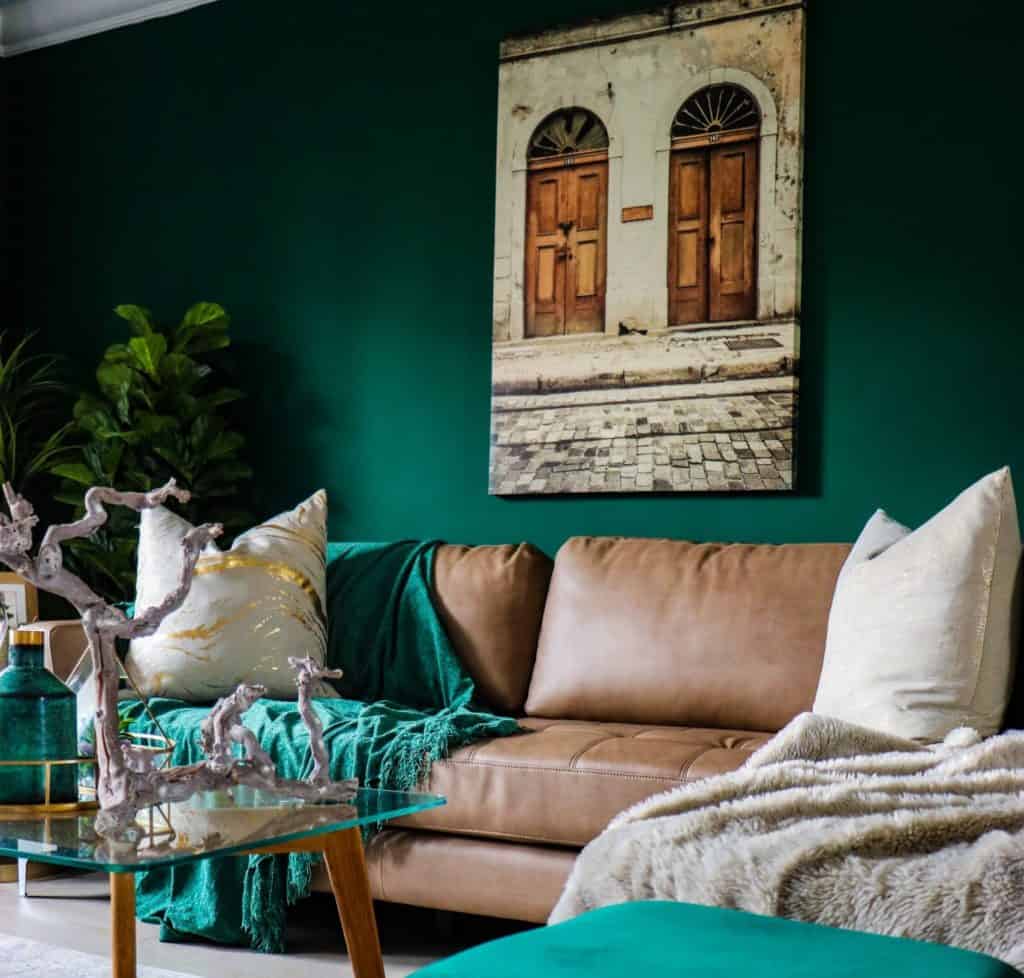
Textures
The texture is the element that helps one to feel space. It emphasizes how the objects in the designed home space feel to the touch. Almost all the themes on interior designs have a typical list of common textures. A bohemian-themed home space will probably contain a lot of handmade pieces like woven rugs and pillowcases. Whereas, a chic modern home is generally full of metallic ornamental pieces and polished surfaces. The texture of a space is totally dependent on your pick of theme and design. Just like the form of a space.
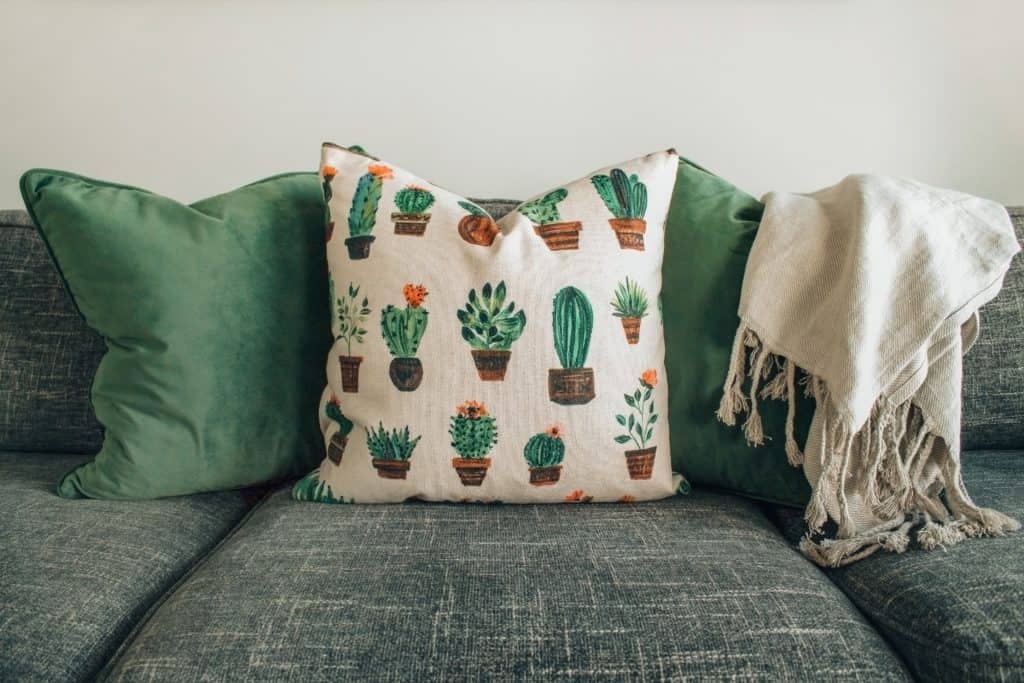
Patterns
Just as the title suggests, this element is an accessorizing element. With the increase in the popularity of accent walls and wallpapers, patterns are no longer a problem to pick on. The same applies to all fabric-based articles. They come in various colors and kinds and are the easiest way to ornate a room. However, a fair word of advice would be to avoid using too much of that.
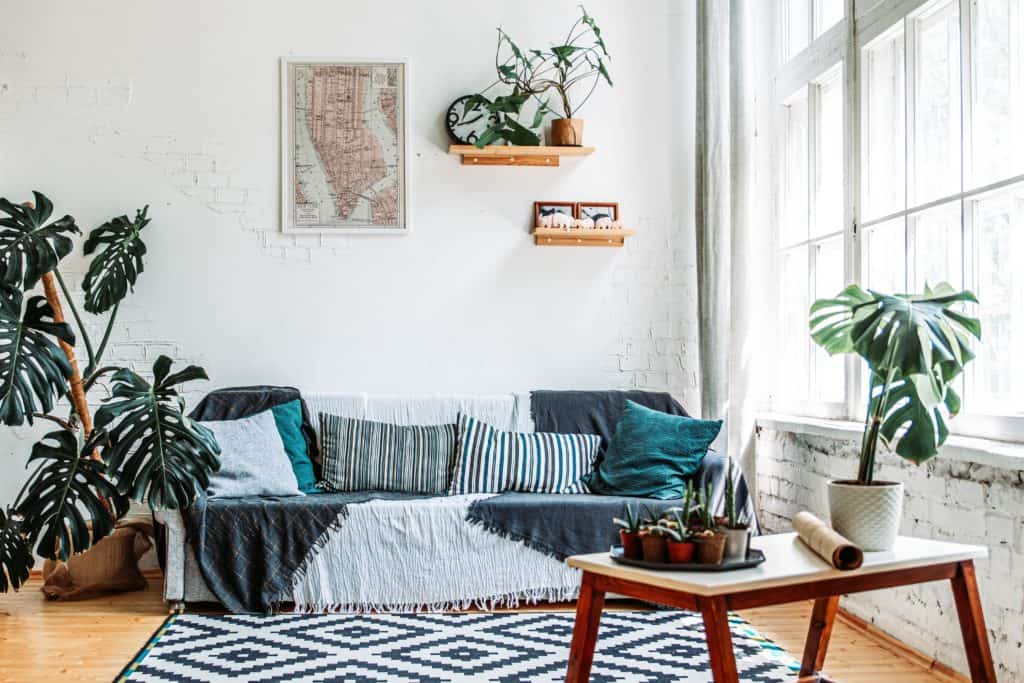
And, that wraps up all the seven elements of interior design. The elements are all very logically and scientifically proven facts. And that helps us in steering clear of the primary dilemmas. Hopefully, these pointers serve you as determinant factors when you embark on your journey of interior designing. Keep checking our page for more inspirations and tips on home styling.
